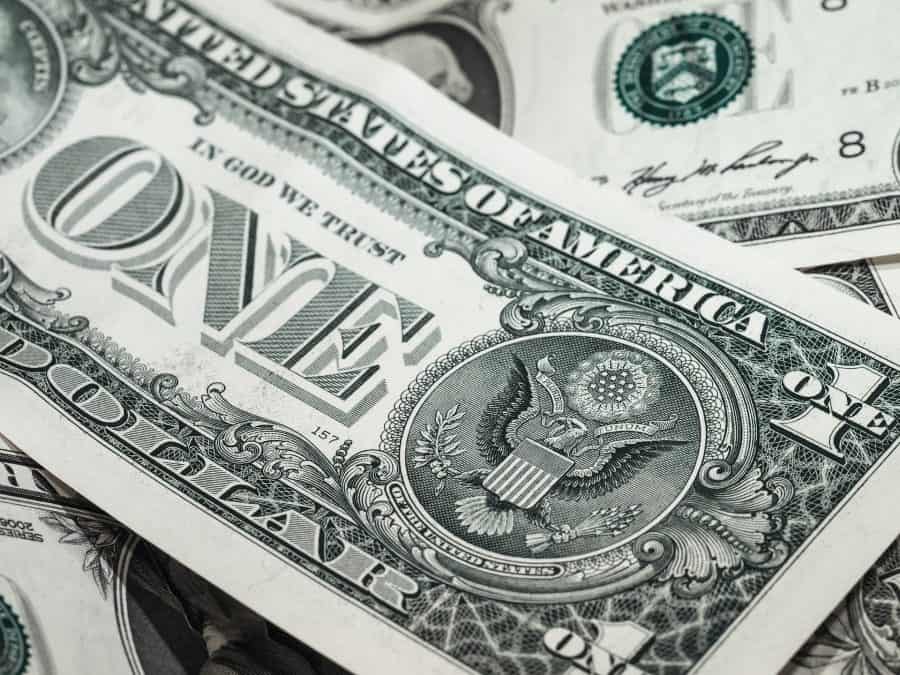Newly adopted SEC Rule to Create Transparency on Growing Pay Gap Between CEOs and Their Employees
On August 5, 2015, the Securities and Exchange Commission (“SEC”) adopted a final rule that requires public companies to disclose the ratios of their CEOs’ compensation to the median compensation of their employees. The new rule was mandated by the Dodd-Frank Wall Street Reform and Consumer Protection Act of 2010 (“Dodd-Frank”), which brought significant changes to financial regulation in response to the Great Recession.
The new SEC Rule will require large public companies to disclose this pay ratio in public filings, accessible online, for their first fiscal year beginning on or after January 1, 2017.[1] The rule will apply to about 3,800 large U.S. companies, excluding small businesses and foreign-based firms.[2]
Public companies already disclose the pay of their CEOs, but they do not currently contextualize that pay in terms of how it compares to the pay of their workers. When the ratio disclosures begin, many are likely to find it startling just how wide the pay gap has become between top level executives and their employees.
Most Americans vastly underestimate the pay gap between executives and workers.[3] USA Today conducted a recent analysis of pay of Standard & Poor’s 500 companies, and found that the average CEO was paid a whopping 216 times more than the median employees at those companies.[4] In a similar analysis, the AFL-CIO found that CEOs in its pay database earned an average of $13.5 million per year, which is 373 times more than the $36,000 per year paid to the average production and nonsupervisory worker.[5]
In one of the most shocking examples of just how extensive this CEO-to-employee pay gap really is, the USA Today analysis found that Discovery Communications’ CEO was paid $156 million during the most recently completed fiscal year, which is 2,282 times greater than the average $68,397 median wage paid to workers at that company.[6]
Other companies were found to have similarly staggering pay ratio disparities. The CEO-to-median employee pay ratios were as follows for these other companies analyzed by USA Today:
- Chipotle: Co-CEOs earn 1,524 and 1,483 times more than median worker
- CVS Health: CEO earns 1,054 times more than median worker
- Starbucks: CEO earns 994 times more than median worker
- Target: CEO earns 843 times more than median worker
- CBS: CEO earns 817 times more than median worker
- Time Warner Cable: CEO earns 807 times more than median worker
- Walmart: CEO earns 804 times more than median worker
CEO-to-employee pay disparities have not always been this excessive. Researchers at the Economic Policy Institute report that CEO pay has increased 1,000% since 1978, while worker pay has increased only 11%.[7] Some may argue that CEO pay is commensurate with the value and profitability that these top leaders bring to their organizations. But where the imbalances become so extreme that a CEO is making approximately 1,000 times or more than the median employee such as in the above-listed companies, it is difficult to ignore the unfairness for the employees who are also an integral part of these businesses.
With much more data soon to be available about CEO-to-employee pay ratios as a result of the new SEC Rule, American employees may be in for a real eye opener as to the extreme pay gaps that exist between themselves and their topmost executives. Hopefully, the added transparency will provide employees and business leaders the needed information to advocate for more reasonable and proportionate wages for all who contribute to the success of these organizations so that these extreme imbalances can be corrected in favor of improving employee wages, which are in great need of progress.
[1] http://www.sec.gov/news/pressrelease/2015-160.html
[2] http://www.washingtonpost.com/news/on-leadership/wp/2015/08/04/this-new-rule-could-reveal-the-huge-gap-between-ceo-pay-and-worker-pay/
[3] Id.
[4] http://www.usatoday.com/story/money/markets/2015/08/05/ceos-paid-many-times-more/31148137/
[5] Id.
[6] Id.
[7] http://www.fastcoexist.com/3049776/world-changing-ideas/these-9-ceos-make-at-least-800-times-more-than-their-employees



